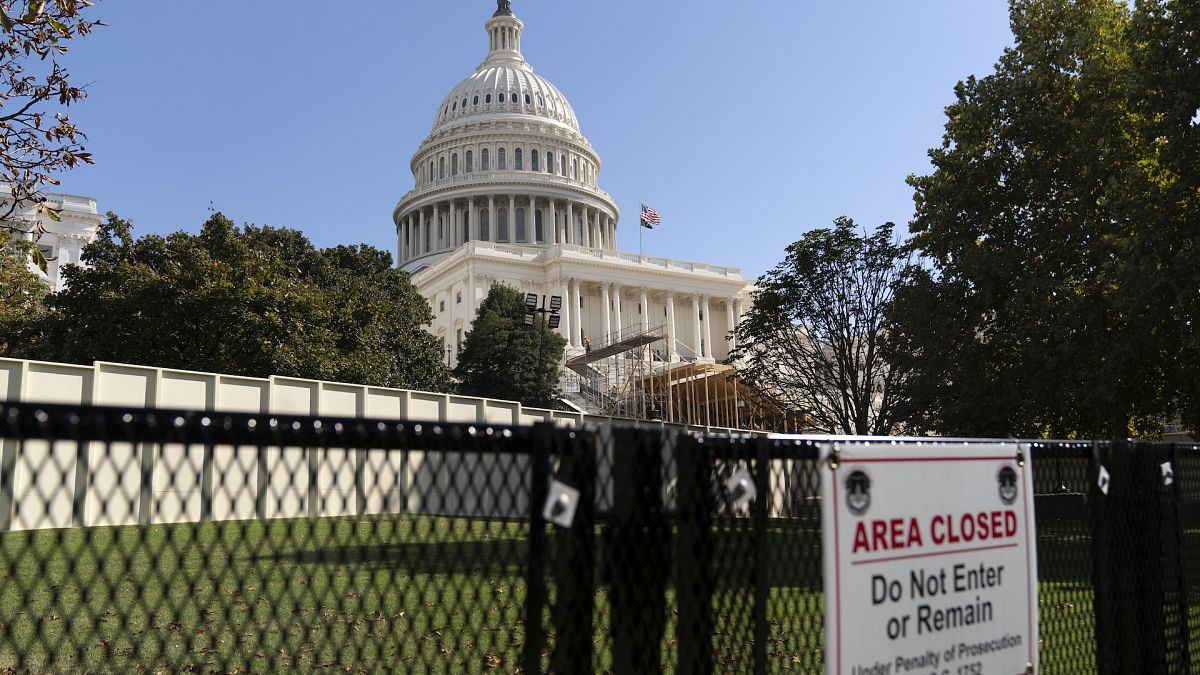The US election will certainly impact stock markets and government bonds. Here’s a detailed look at the potential reactions of these financial instruments under different outcomes.
Markets have been preparing for the US presidential election throughout the month, with mounting uncertainties creating significant volatility.
The close race between Trump and Harris has led investors to shift towards safe-haven assets and hedge their risks. However, neither the “Trump Trade” nor the “Harris Trade” offers a guaranteed safe strategy, as it is ultimately the post-election policy implementation that will shape market trends.
An immediate market reaction may be a reversal when a decisive result is announced.
Michael Brown, Senior Research Strategist at Pepperstone London, noted that “the biggest fillip for risk, no matter who ends up winning, would be the certainty of the result”.
He added: “Markets continually crave certainty, which such a result would provide, and allow those who have hedged election-related risk to unwind those positions and re-enter the fray.”
Stock markets likely to recover from sell-offs
Global stock markets are expected to experience heightened volatility during voting hours on 5 November, potentially similar to the reactions seen during the Brexit referendum and the US election in 2016. In the last US election, markets sold off before Election Day but recovered as Trump delivered his victory speech.
History doesn’t necessarily repeat itself, but recent movements have shown similarities.
The CBOE Volatility Index, a standard measure for hedging risks, surged by 35% in October due to higher risk premiums.
Major global benchmarks, such as the S&P 500, Euro Stoxx 600, and ASX 200, have been in retreat, each declining between 2% and 3% in the past two weeks due to risk-off sentiment.
Brown added that markets are pricing a range of volatility between 2% and 3% for these indices over the next five trading days. This could imply that equity markets may recover losses next week if there are no recounts or any events prolonging uncertainty.
Over the long term, stocks could face pressure under a Trump presidency if his policies, such as imposing tariffs, are enacted.
For example, global markets experienced a steep sell-off during the US-China trade war in 2018, with a reversal only coming after the Federal Reserve resumed rate cuts in 2019.
Since September, the Fed has already commenced rate cuts and is likely to continue doing so into December, potentially supporting a bullish trend in equities.
However, a Trump victory could introduce more market volatility over the next two years, while a Harris win might provide a more stable economic outlook, allowing markets to follow economic forces naturally.
Bearish trend in bonds may continue
US government bonds saw sharp sell-offs in October due to two primary factors.
First, September job data showed that the US labour market was more resilient than projected. Following the Fed’s substantial rate cut in September, bond prices initially rose as yields dropped, since yields and bond prices move inversely.
However, the market has since adjusted its outlook on Fed cuts, expecting a more gradual approach, which has pushed yields up and led to bond sell-offs.
Secondly, the “Trump Trade” has played a major role in raising US Treasury yields, as his policies are expected to drive inflation higher, encouraging the Fed to slow further rate cuts. Bond yields, especially on shorter-term notes, often imply market expectations for interest rate movements.
A Trump win could intensify sell-offs as his policies would be likely to increase the budget deficit and add inflationary pressure, forcing the Fed to curb its rate-cut pace.
A Harris presidency would not necessarily produce an opposite effect in the bond market, as her policies are also likely to increase government debt and deficits, though perhaps to a lesser extent.
The most balanced outcome for bonds might be a divided Congress, which could limit excessive government spending and ease inflation pressures.

